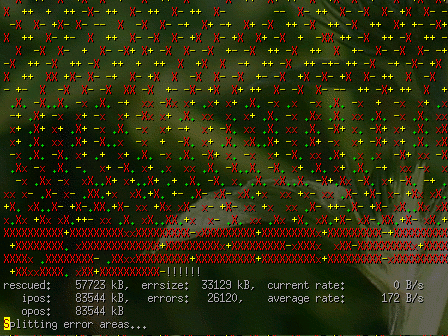animal-rights activists
You get one of these begging letters from a bunch of animal-rights activists who need some money to safe a few poor animals, well you dont really wonder about from where they know your name and address, after all you live in a corrupto-cracy which protects such personal data …
But the real question is what do you do, donate a few euro to them? I mean the case iam talking about is not about some corrupted spammers but rather the following, quick summary (based on unverified info from the net)
an austrian zoo (safaripark gänserndorf) goes bankrupt somewhere in 2004, over 800 animals need to find a new home, many of them are being bought by animal-rights activist groups or zoos, the politicans and other austrian zoos who should take care of the animals until a new home is found rather fight against each other and try to squeeze money out of the whole while pretending in public that they would work pro bono. In the end there are a few lions and HIV infected monkeys left. The monkeys needs are being paid for by the pharma industry, yeah anyone surprised they care more about the wellfare of the animals than our politicans and other zoos? The lions owned by animal-rights activist group “Vier pfoten” from whom the begging letter was, they also bought some area in south africa for the lions but not surprissingly need more money …
Now why did i write this off topic blog entry? Well iam unsure if i should donate them a few euro or not, i want to help the animals but iam not so sure if what the animal rights activists do really helps anyone. Ive no doubt they have only the best intentions but the question is not dead lion vs. alive lion living in a nice natural environment but rather dead lion vs. a few hundread dead cows, yes lions arent vegetarian also the lions cannot be let loose into true freedom as they have been used to being close to humans. So being part of a working ecosystem where they hunt and kill their pray and by that positively contribute to the evolution of their pray (weakest dies strong survives and reproduces …) isnt possible.
And just in case anyone is curious, i belive its a detestable thing to lock animals into cages for the publics entertainment. Or in other words i hate zoos, thouse running them and thouse who support them (by visiting and thus paying for them).
